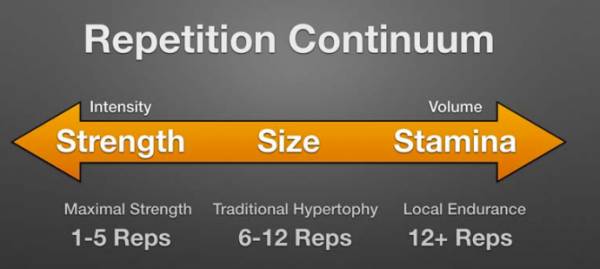The ‘strong is the new skinny’ movement has arrived. The fear that resistance training will cause us to walk through doors sideways, has been replaced with a body of knowledge that shows increasing our muscle mass before we hit our sixties will dim the effect of sarcopenia (loss of muscle mass).
The ‘strong is the new skinny’ movement has arrived. The fear that resistance training will cause us to walk through doors sideways, has been replaced with a body of knowledge that shows increasing our muscle mass before we hit our sixties will dim the effect of sarcopenia (loss of muscle mass).
For those who have trouble thinking in the long-term, an increase in resting metabolic rate and tolerance to carbohydrates are nifty benefits we can enjoy right now.
We now know that resistance training is good for us. But, we are often left guessing which training modality will reap the best benefits. Two polarized views which continue to clash are calisthenics versus free weights. Gymnasts will side with the former, and powerlifters will side with the latter. But who is right?
Both—and neither of them. While we are caught up trying to decide which is better, we often forget to identify better for what purpose? We should look at free-weights and calisthenics as tools.
A tool is used to accomplish a specific goal. That brings us back to a more important question: what’s the goal?
If we haven’t identified the goal, how can we decide which tool provides the best way to get there.
Training for Purpose
We all train for different reasons. Whether it be power, strength, hypertrophy, or endurance, we can look to the repetition continuum to provide us with a guideline for the sets and reps we use (volume) and how heavy (intensity).
Volume and intensity have an inverse relationship. The heavier you lift, the less the times you can lift it (high intensity/low volume). The reverse is also true.
After we have identified our training goal, we can identify the correct protocol to implement. If strength development is the goal, we need to lift heavy (>85% of 1RM) for low volume (3-5 reps for 3-5 sets).

We then need to select exercises. There are some differences when it comes to free-weights and resistance training. When we train, we get better.
This process is known as adaptation. It also means, over time, the training needs to become harder. This is known as progressive overload. When we use free-weights, progressive overload is pretty easy to employ. Week by week, you add more weight to the bar.
But, calisthenics is a bit trickier. After all, how do we make ourselves heavier week after week—isn’t that what we’re trying to avoid?
It’s tempting to add repetitions as we improve, but as we add repetitions we find ourselves shifting along the repetition continuum, and before you know it your strength protocol turns becomes an endurance program.
A better way to overload calisthenics exercises is to use additional weight (adding weight to a chin up) or performing a harder variation of the exercise (single arm chin up eccentrics).
As you can see, it isn’t so much about which modality but making sure the modality satisfies the parameters of the protocol.
Below are a few bodyweight exercises that can be used to substitute traditional lifts. You can see the similarities in the target muscle groups. Free weights and calisthenics have more in common than you may have thought.
| Free Weights | Calisthenics | Target Muscles |
|---|---|---|
| Deadlift | Glute Ham Raises | Glutes, Hamstrings, Core |
| Squats | (Weighted) Pistols | Quads, Glutes, Core |
| Bent Rows | (Weighted) Chin ups | Lats, Biceps, Triceps, Forearms |
| Bench Press | Dips | Shoulders, Triceps, Pecs |
You may now be thinking “when do I use what?” Many of us treat exercises like a relationship on Tinder. Here’s the thing; multi-joint exercises are difficult to learn and we improve by increasing the resistance (progressive overload).
If we jump between exercises too frequently, you probably haven’t exhausted that exercise’s potential.
In fact, you have probably just gotten over the technique acquisition hump. A good rule of thumb is to stick with an exercise for 4-6 weeks, employing steady incremental increases in load each week.
Instead of debating whether free-weights or calisthenics reigns supreme, first, identify your training goal.
Second, use a suitable protocol (based on the repetition continuum). Then, identify which muscle groups you are looking to target. Finally, pick an appropriate exercise, stick with it and get stronger.






